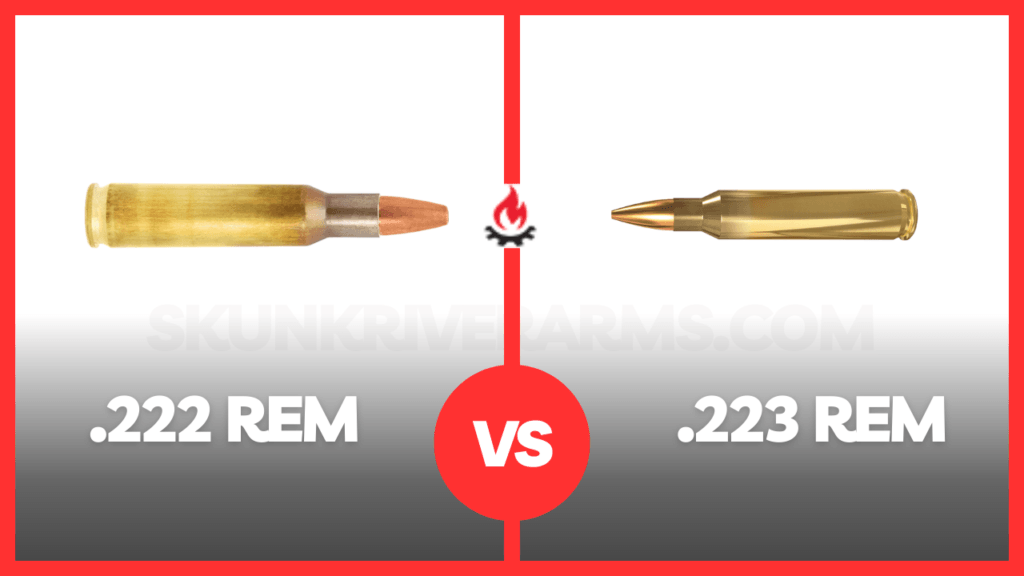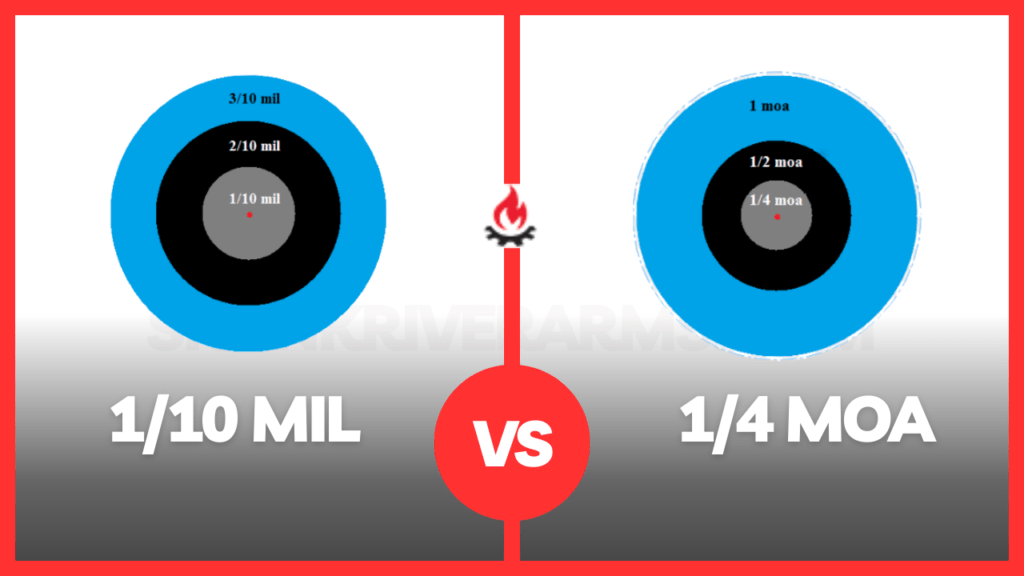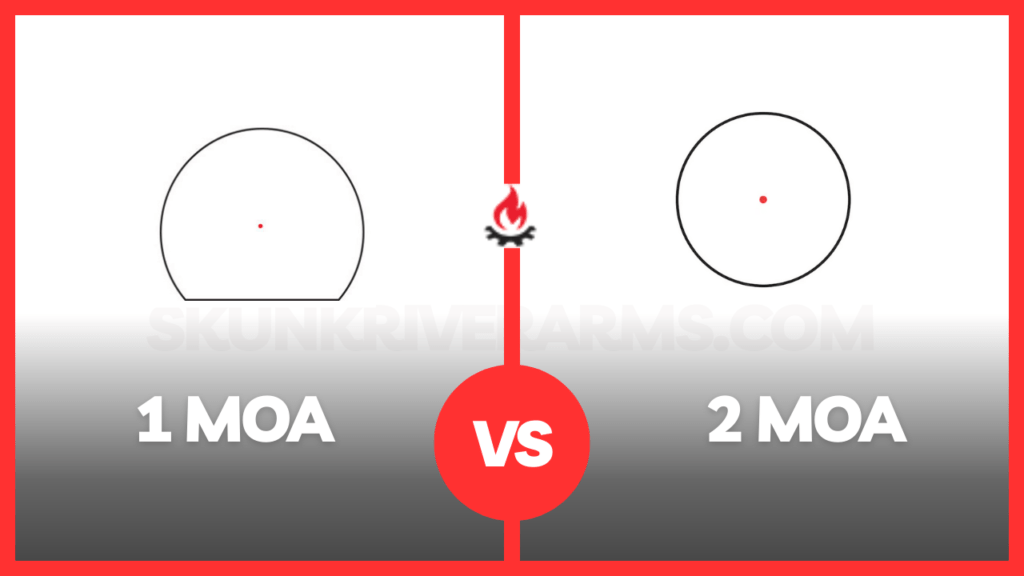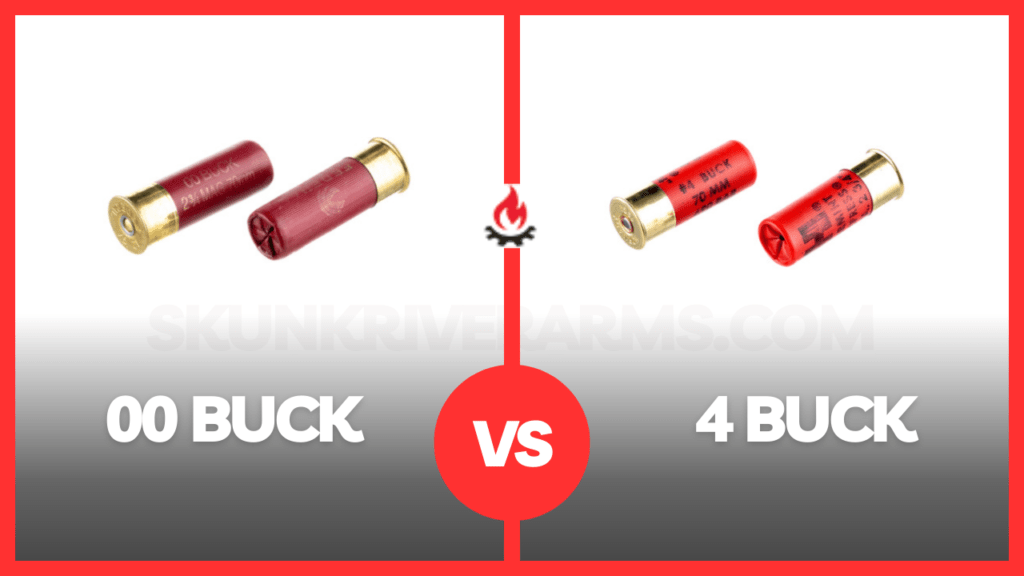The .17 Hornet and .17 HMR (Hornady Magnum Rimfire) are both small-caliber ammunition cartridges designed for different purposes, each offering unique characteristics and advantages in their respective domains.
17 Hornet
- Higher Velocity: The .17 Hornet typically fires lighter bullets at higher velocities compared to the .17 HMR, which results in flatter trajectories and less wind drift.
- Longer Effective Range: Due to its higher velocity, the .17 Hornet can be effective at longer ranges compared to the .17 HMR, making it suitable for varmint hunting at medium distances.
- Reloadable: The .17 Hornet is a centerfire cartridge, which means it can be easily reloaded by hand loaders, allowing for more customization of loads and potentially reduced cost per shot.
- Better Wind Performance: The higher velocity of the .17 Hornet helps it to maintain more stable trajectories in windy conditions compared to the .17 HMR.
17 HMR
- Low Recoil: The .17 HMR generates very little recoil, making it pleasant to shoot for people of all ages and experience levels.
- Affordable Ammunition: .17 HMR ammunition is generally more affordable than .17 Hornet ammunition, and the availability of rimfire ammunition is usually higher.
- Common Rifles: Rifles chambered in .17 HMR are widely available from various manufacturers, giving you more options when selecting a firearm.
- Varmint Control: The .17 HMR is highly effective for pest and varmint control at shorter ranges, making it suitable for shooting small game within its effective range.
.17 Hornet Vs .17 HMR – Key Differences
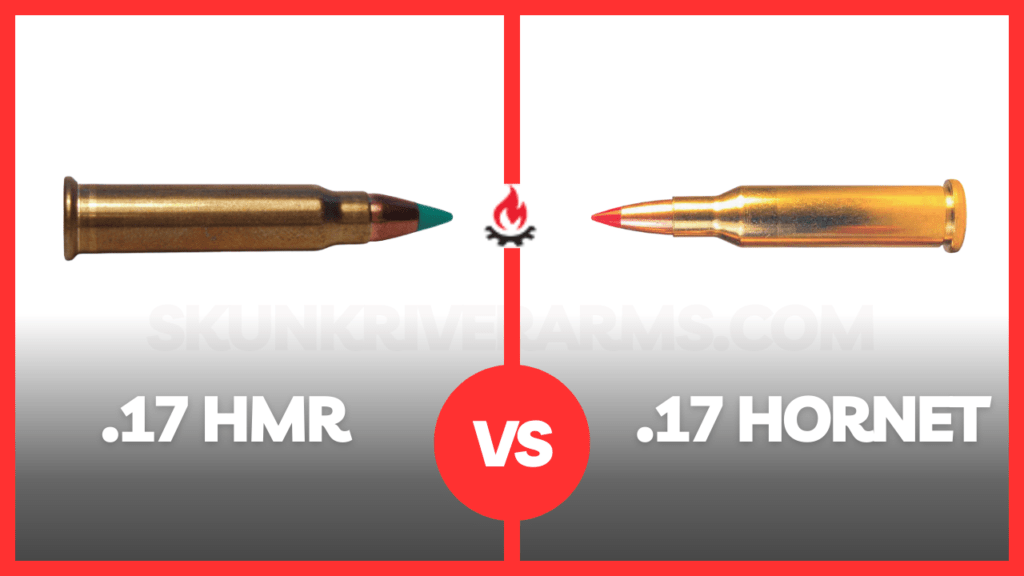
.17 Hornet: The .17 Hornet is a centerfire rifle cartridge introduced in 2012 as an improvement over the .17 Ackley Bee and the .17 Mach IV. It was developed by necking down the .22 Hornet cartridge to accommodate a smaller, higher-velocity bullet.
The .17 Hornet is renowned for its flat trajectory, minimal recoil, and superb accuracy, making it a popular choice for varmint hunting and pest control at moderate distances.
The cartridge’s small size and reduced recoil make it a great option for shooters who prefer a lightweight rifle with minimal noise and little recoil. While it lacks the long-range capabilities of larger cartridges, it excels in scenarios where precision and low noise are critical factors.
.17 HMR: The .17 HMR (Hornady Magnum Rimfire) is a rimfire cartridge that was introduced by Hornady in 2002. It is based on the .22 WMR (Winchester Magnum Rimfire) case, which has been necked down to accommodate a smaller, high-velocity .17-caliber bullet.
The .17 HMR is popular for small game hunting, target shooting, and plinking due to its flat trajectory, excellent accuracy, and relatively low recoil.
It offers a significant increase in velocity and energy compared to traditional .22 LR (Long Rifle) cartridges, making it suitable for longer-range shooting.
The small, lightweight projectiles are designed for accuracy and speed, making the .17 HMR a favorite among varmint hunters and shooters looking for a cartridge with impressive performance at medium distances.
Cartridge Specifications
Here are the cartridge specifications for both the .17 Hornet and .17 HMR (Hornady Magnum Rimfire):
.17 Hornet
- Bullet Diameter: 0.172 inches (4.37mm)
- Case Length: 1.350 inches (34.29mm)
- Overall Length: 1.723 inches (43.76mm)
- Maximum Pressure: Approximately 50,000 psi (344.74 MPa)
- Bullet Weights: Typically in the range of 15 to 25 grains
- Velocity: Depending on bullet weight, generally around 2,500 to 3,000 feet per second (fps)
.17 HMR (Hornady Magnum Rimfire)
- Bullet Diameter: 0.172 inches (4.37mm)
- Case Length: 1.058 inches (26.92mm)
- Overall Length: 1.349 inches (34.29mm)
- Maximum Pressure: Approximately 26,000 psi (179.31 MPa)
- Bullet Weights: Typically in the range of 15 to 20 grains
- Velocity: Depending on bullet weight, generally around 2,350 to 2,550 feet per second (fps)
Both cartridges are designed for small game hunting and varmint shooting due to their high velocity and flat trajectory. The .17 Hornet is a centerfire cartridge, while the .17 HMR is a rimfire cartridge.
The .17 Hornet is suitable for longer ranges and slightly larger game due to its higher velocities and energy.
Meanwhile, the .17 HMR is popular for target shooting and pest control at shorter distances because of its accuracy and relatively lower recoil.
Ballistics
Let’s take a look at the ballistics of each cartridge:
.17 Hornet:
- Typical Bullet Weight: 20-25 grains
- Muzzle Velocity: Around 3,650 – 3,800 feet per second (fps)
- Ballistic Coefficient (BC): Varies by bullet, but generally lower than the .17 HMR’s BC
- Trajectory: Due to its higher velocity, the .17 Hornet has a flatter trajectory than the .17 HMR, allowing it to maintain a relatively flat path over longer distances.
- Energy: The .17 Hornet delivers more energy than the .17 HMR due to its larger case capacity and higher velocities.
.17 HMR
- Typical Bullet Weight: 17 grains (although there are variations)
- Muzzle Velocity: Around 2,550 – 2,650 fps
- Ballistic Coefficient (BC): Generally higher than the .17 Hornet’s BC, which contributes to better long-range performance.
- Trajectory: While the .17 HMR has a flatter trajectory than most other rimfire cartridges, it isn’t as flat as the .17 Hornet due to its lower velocity.
- Energy: The .17 HMR has less energy than the .17 Hornet, primarily due to its lower velocity and smaller case capacity.
Ammunition Availability
Both cartridges are relatively new and are becoming increasingly popular. Ammunition availability for both rounds has grown in recent years, with more and more ammunition manufacturers producing them.
For the .17 Hornet, most ammunition can be found in 20-grain and 25-grain varieties, with some companies offering heavier bullets.
CCI, Winchester, and Norma make.17 Hornet ammunition, although Hornady, Federal, and Remington are the most popular. The 17 HMR is more commonly accessible, with many bullet weights and types. Most ammunition is 17 or 20 grain, however, some companies sell heavier bullets.
Popular brands include Hornady, Federal, CCI, Winchester, and Remington, but Norma and other brands also produce .17 HMR ammunition
Overall, the availability of .17 Hornet and .17 HMR ammunition has grown in recent years, with more and more brands offering these cartridges. This makes it easier for shooters to find the ammunition they need for their firearms.
Terminal Performance
The .17 Hornet has a slightly larger case and can be loaded with heavier bullets, which gives it more energy and penetration. The .17 HMR, on the other hand, is a flatter-shooting cartridge with less recoil.
In terms of stopping power, the .17 Hornet is generally considered to be the better choice for larger varmints, such as coyotes and groundhogs. The .17 HMR is a good choice for smaller varmints, such as prairie dogs and squirrels.
Recoil
There is a slight difference in recoil between the two cartridges. The .17 Hornet has a slightly higher recoil than the .17 HMR. This is because the .17 Hornet has a slightly larger case and uses a heavier bullet.
The average recoil of the .17 Hornet is about 12 ft-lbs, while the average recoil of the .17 HMR is about 10 ft-lbs. This difference in recoil is not significant for most shooters, but it may be noticeable for some shooters who are sensitive to recoil.
Range
The .17 Hornet has an effective range of 200 yards, while the .17 HMR has an effective range of 150 yards. This is because the .17 Hornet has a higher muzzle velocity, which gives it more energy and makes it more likely to stay on target at longer ranges.
However, it is important to note that the effective range of any cartridge will also depend on the bullet used, the shooter’s skill, and the conditions. With proper shot placement, both the .17 Hornet and .17 HMR can be effective at ranges beyond their stated effective ranges.
Closing Thoughts
.17 Hornet and .17 HMR are both remarkable cartridges with distinct characteristics that cater to different shooting needs. The .17 Hornet’s centerfire design offers higher velocities and better performance at longer distances, making it ideal for varmint hunting and target shooting.
The .17 HMR’s rimfire design offers great accuracy and low recoil, making it an ideal choice for small game hunting and novice shooters.
The choice between these cartridges ultimately depends on the shooter’s intended application and preferences, showcasing the diversity and innovation present in the world of firearms and ammunition technology.

